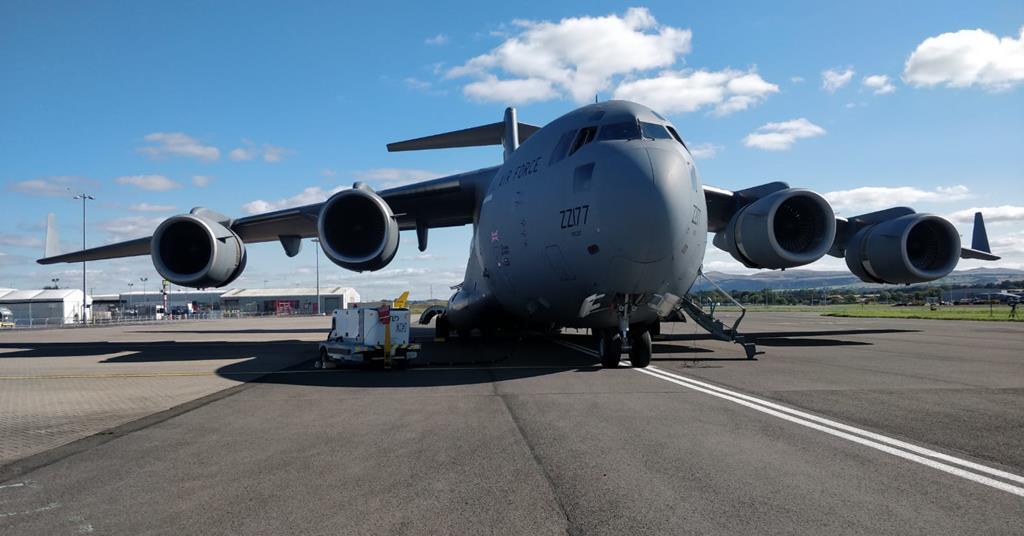(17-09-2023, 01:53 AM)Orry Verducci Wrote: BBC News has used Starlink for reports, which I understand was successful. I think other news organisations have been looking at or trialing Starlink.
We (not the BBC) have used Starlink for some live contributions, the big issue is the handoff between the satellites leaving gaps in the data flow, so the signal from a LiveU (or similar) will break up for a few seconds, as the SIM cards can’t take over in time.
LiveU suggested in a paper that two Starlink terminals bonded together would work well as they’re likely to connect to different satellites, so the handoffs won’t happen at the same time.
For the King’s coronation one of our teams wanted to go live from a place along the route where we couldn’t get a sat truck in. We gave them a Starlink, but with the warning about the handoffs causing dropouts.
I ended up watching the data graph from that unit in our MCR throughout our coverage - seeing the dropouts happen as expected and desperately hoping the programme didn’t come to then during one of those. Fortunately they didn’t! Speaking to colleagues elsewhere who were also monitoring that unit, it became clear the cells were swamped and the Starlink was the thing keeping them on air!
The other problem with Starlink is the countries were service is not available are some of the countries where you’d most want to use it. Including a couple recently where major news stories have happened.
OneWeb is a very interesting option, and unlike Starlink there are companies involved in selling the service that have worked with broadcasters for years and so know their particular requirements.
For lower amounts of guaranteed bandwidth there are other portable options too which can work quite well. Geostationary satellites still have a role to play- either for traditional video or an - in effect - private IP link.

![[-]](https://pres.cafe/images//collapse.png)

